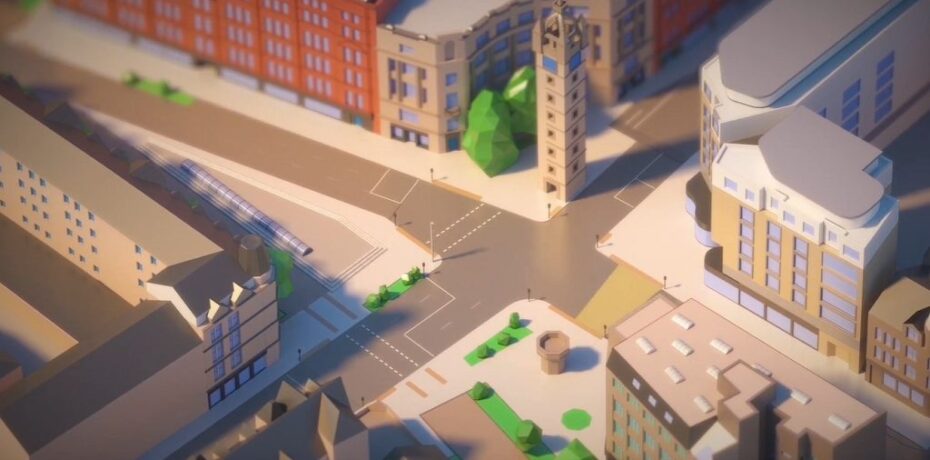Commentary
COMMENT | Showing the public why cities must change
Recently we attended and spoke at the International Healthy Streets Summit which took place in Glasgow, the first time in its five year existence that it has ventured outside of London, writes Stephen O’Malley of Civic Engineers.
The conference brings together the increasingly broad range of disciplines and interests, both private and public sectors that are involved in shaping how our cities evolve and change so they are fit for the future.
With the heightened awareness of climate change, mental health and physical health dominating discussions, it was heartening to hear from an international and domestic range of speakers of their experiences in dealing with these issues. There was the story of the Spanish city of Pontevedra, there they have ‘given the city back to the people’ and reduced traffic in the city centre by 77% and seen a near 80% decrease in CO2 emissions. There was also the inspiring story of Waltham Forest which has proven that the changes to its streets mean a child born in 2013 will live six weeks longer as a result. These are just two examples of real, positive results being delivered for communities and places where they have changed their processes and behaviours and achieved different and better outcomes. It shows things really can be done and as professionals shaping the built environment we have a responsibility to make this happen through education and design.
None of this is easy; our urban centres are complex, overlapping and interdependent networks, representing everyone from shoppers to flooding, residents to utilities, businesses to buses. With each one having some impact on the other, changing the way cities function is in the hands of our political leaders. Their tenure in those posts is a function of the electorate – that’s you and me.
It’s all very well believing that we, as a design and public administration community, public and private sector professionals together, generate great urban design ideas and new management systems. The truth is that unless we help the public understand why our cities must change, how this can be done and prove what can be achieved, change will not happen quickly enough, or at all. Part of our work is to build that understanding and talk about this change in a way that is easily understood and using communication methods that actually reach people.
Where our politicians pursue an agenda of change and wish to foster a climate of risk engagement to create the conditions that will accommodate change, we need to treat their political capital with great care and make sure that our messages stand up to public engagement, are transparent and demonstrate the real social, environmental and economic benefits why they will improve the lifestyles of those they will affect.
We’ve been working towards this in Glasgow, where we are working to transform many of their city-centre streets. Opening the Healthy Streets Summit, their Council leader bravely stated that 300 deaths a year in Glasgow could be attributed to air pollution and how they see the adversity they face as an opportunity to make their city one that matches their aspirations.
In our attempt to convert and communication our ideas and their vision into fluent human, we have been working with Fore Digital on behalf of Glasgow City Council to produce a short film to reach out to the people of Glasgow and explain what the ‘Avenues’ are, why they are important and the benefits they will bring.
Have a look at our full list of videos here
- Stephen O’Malley is founding director of Civic Engineers




